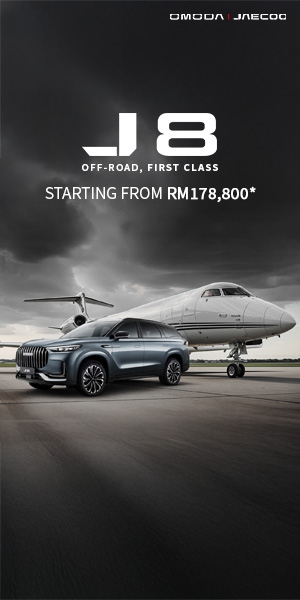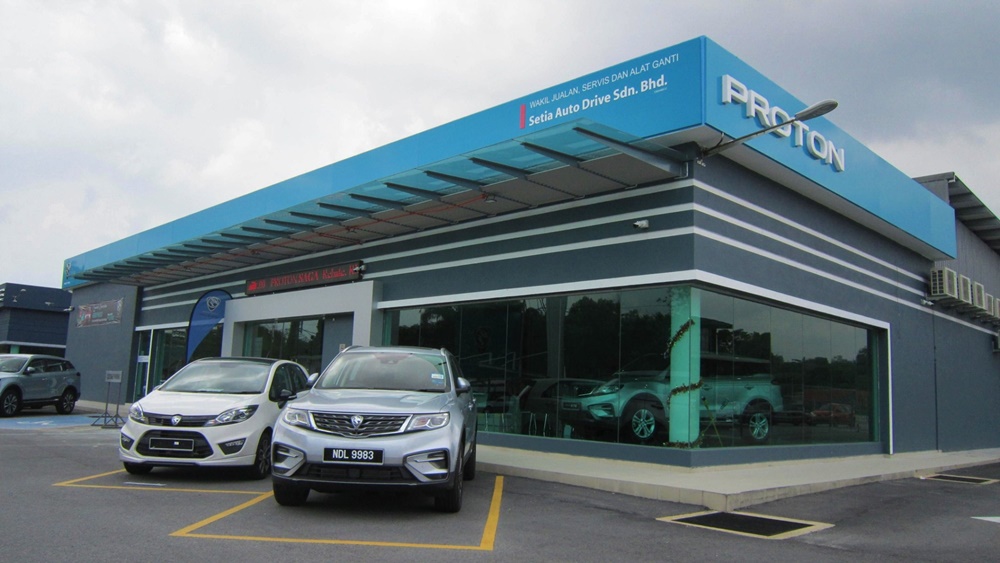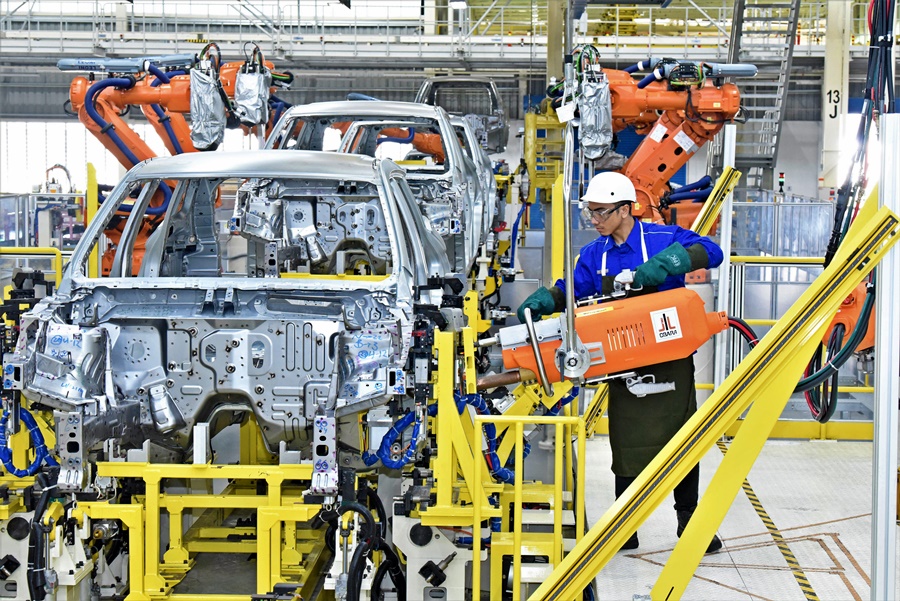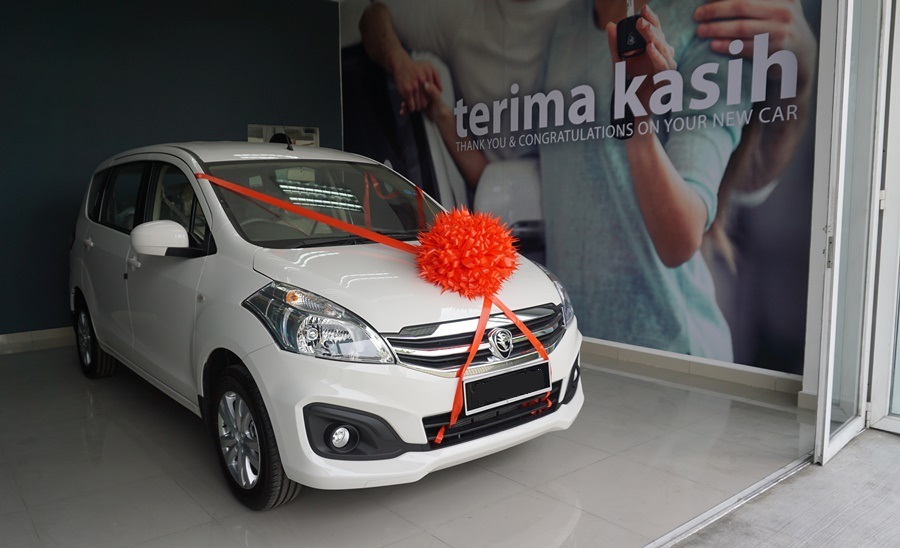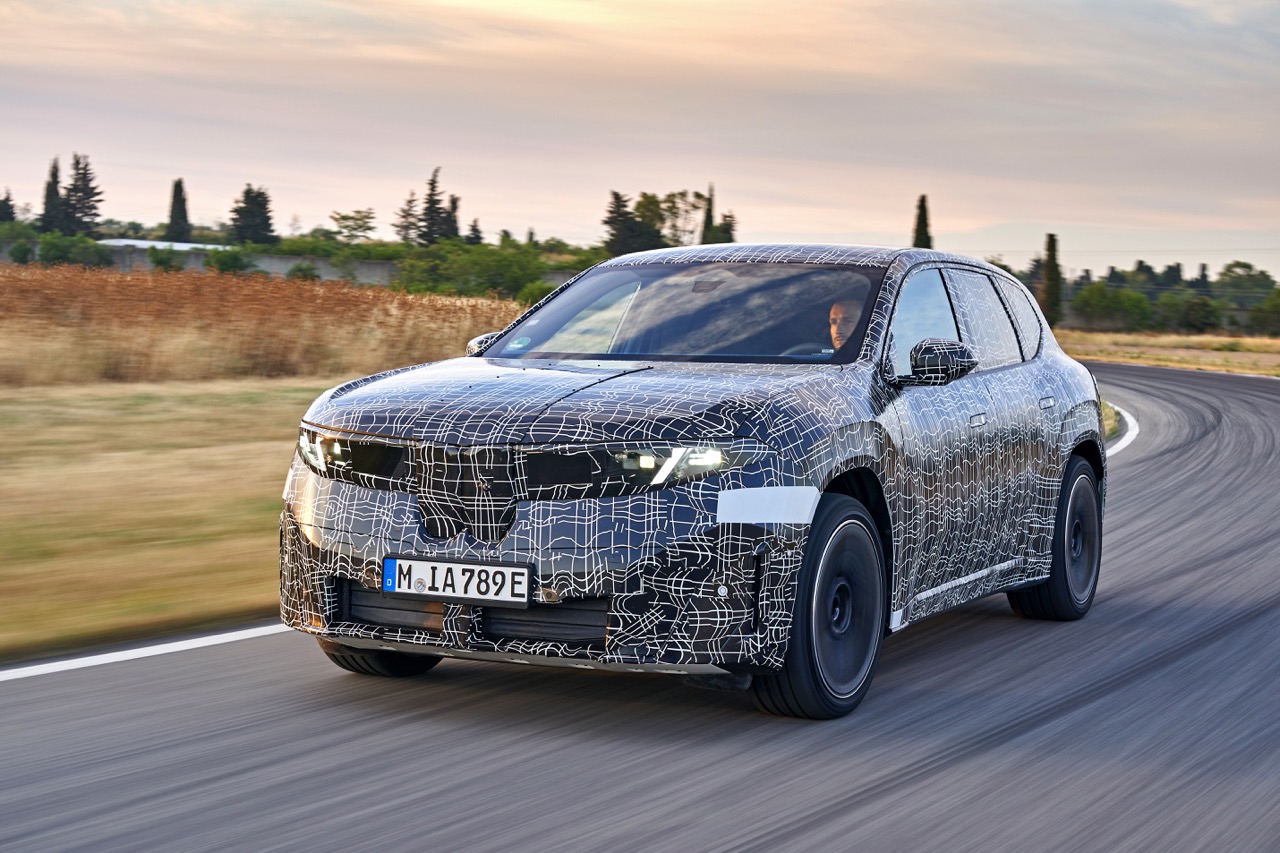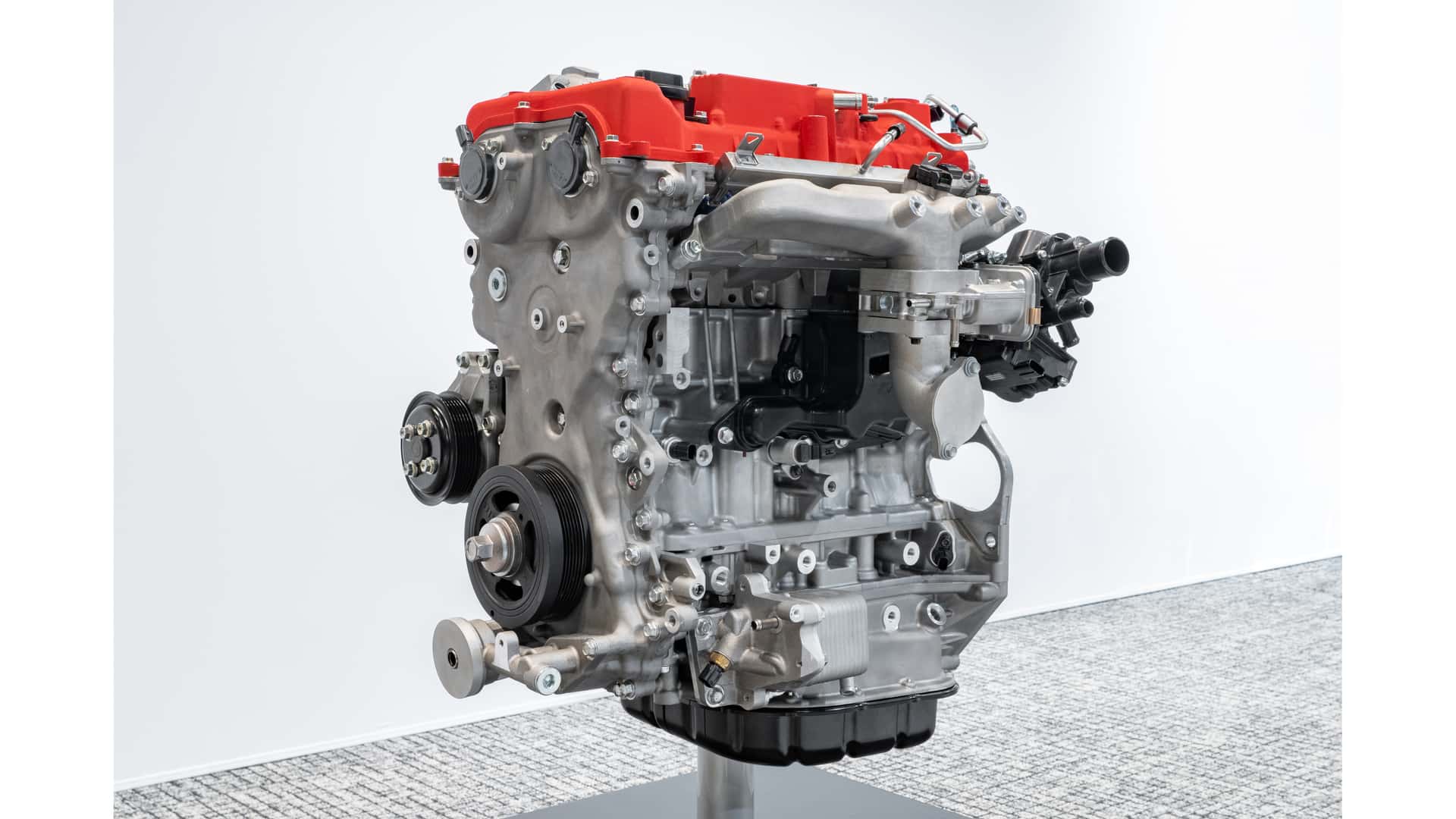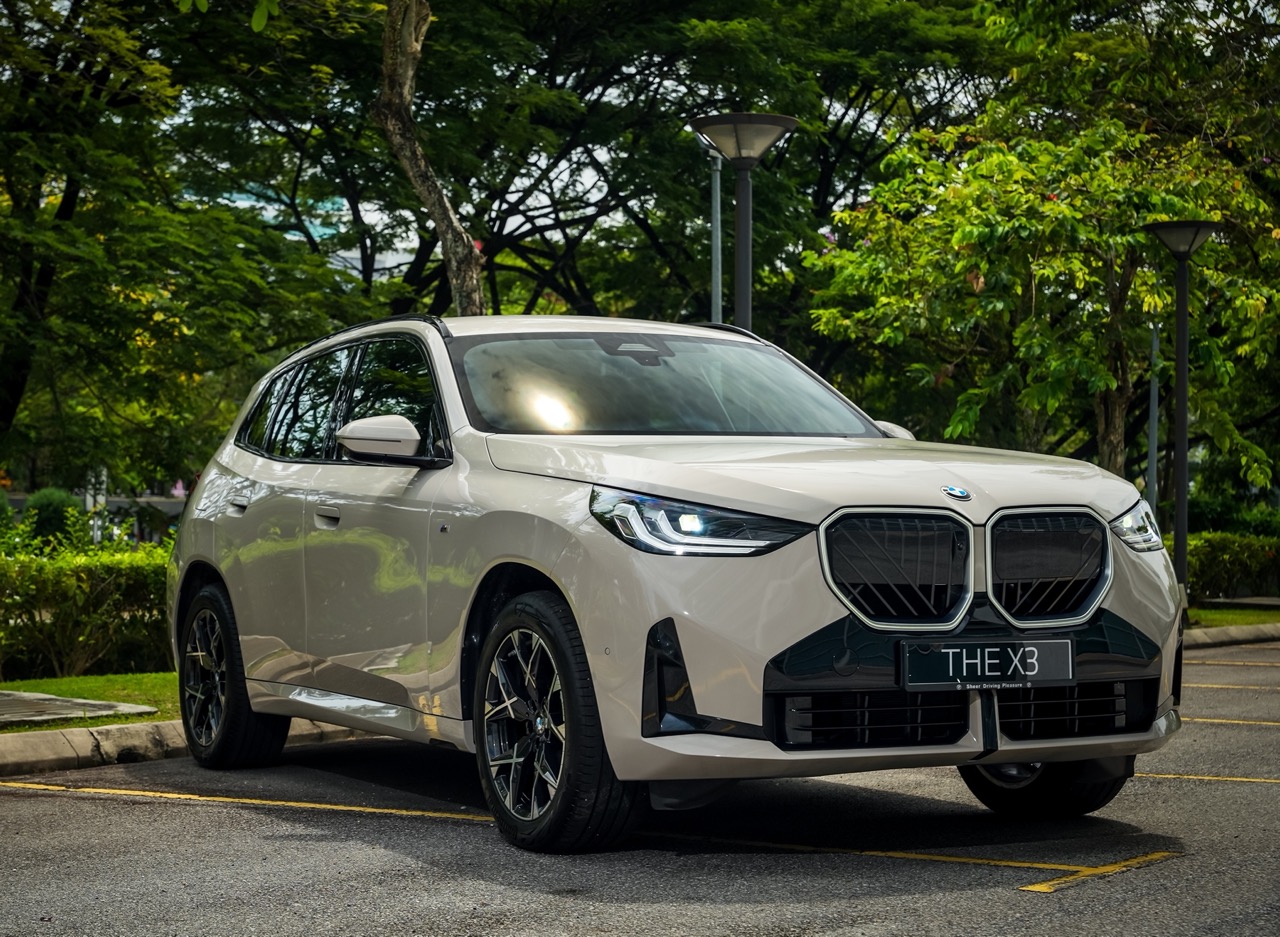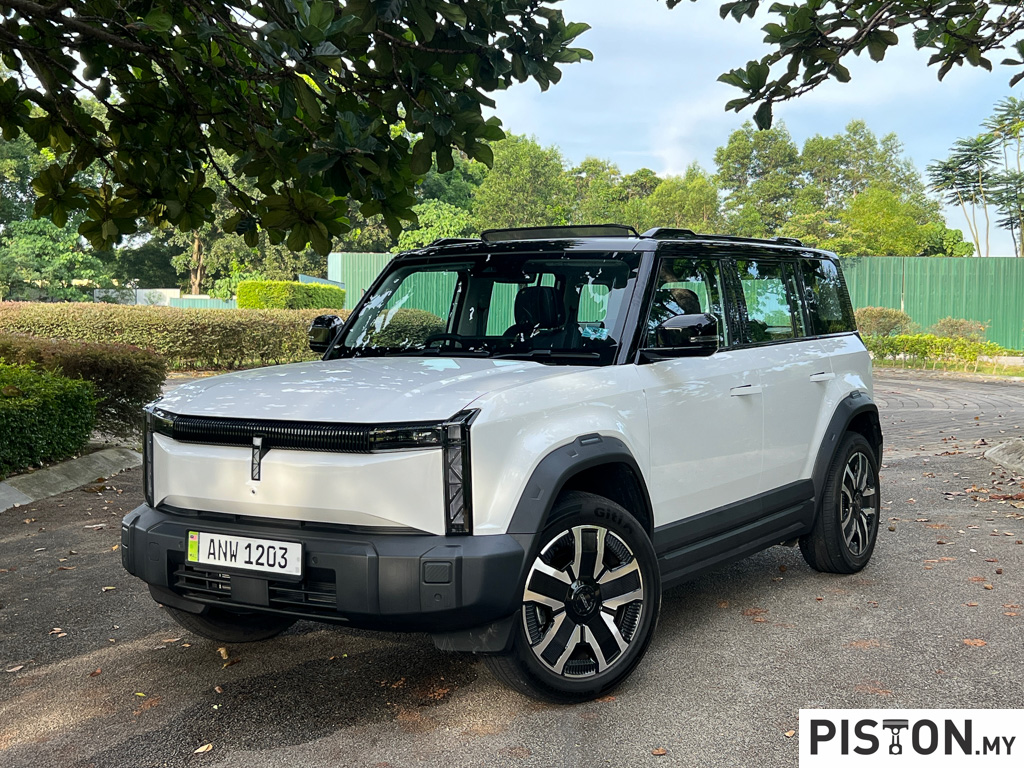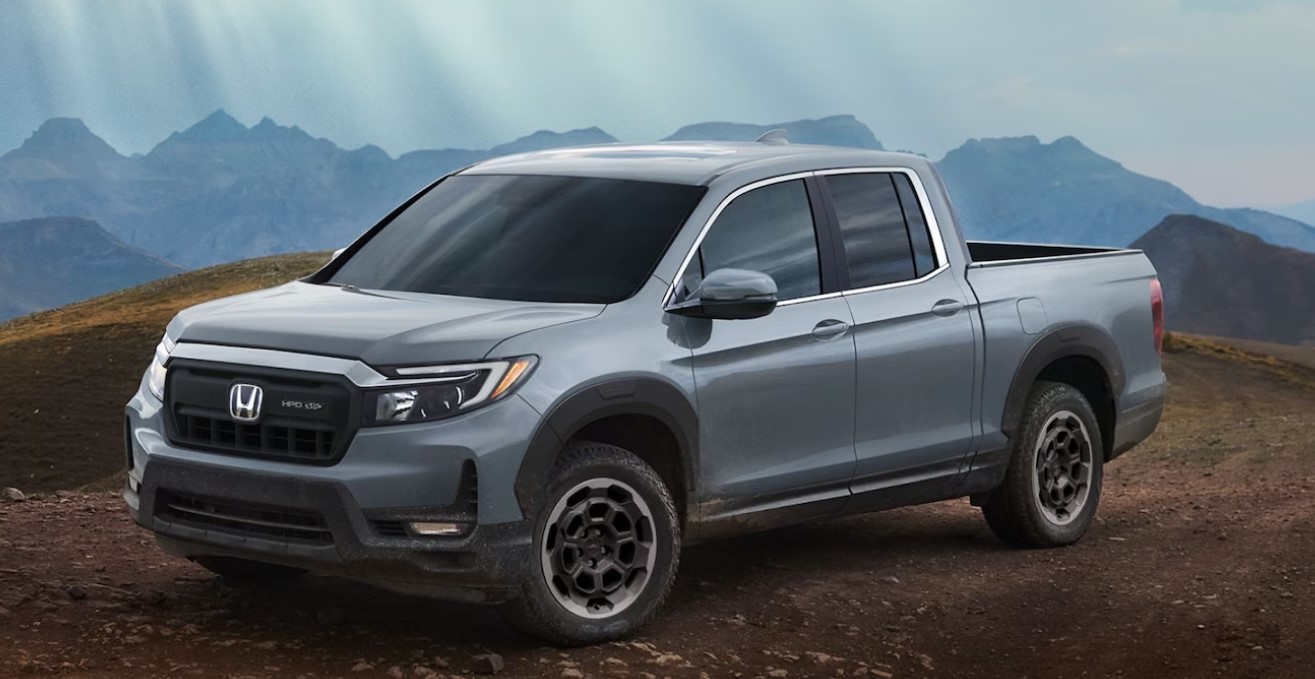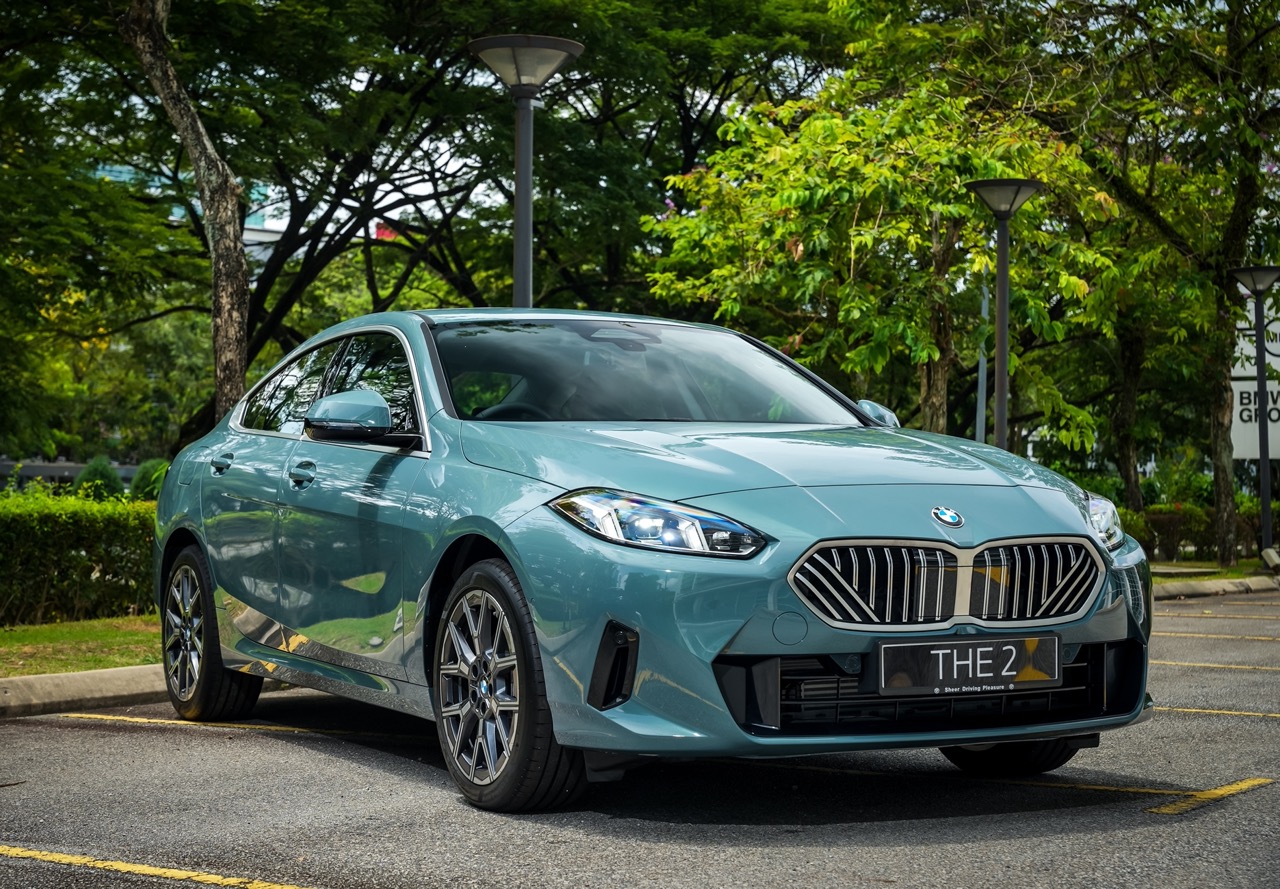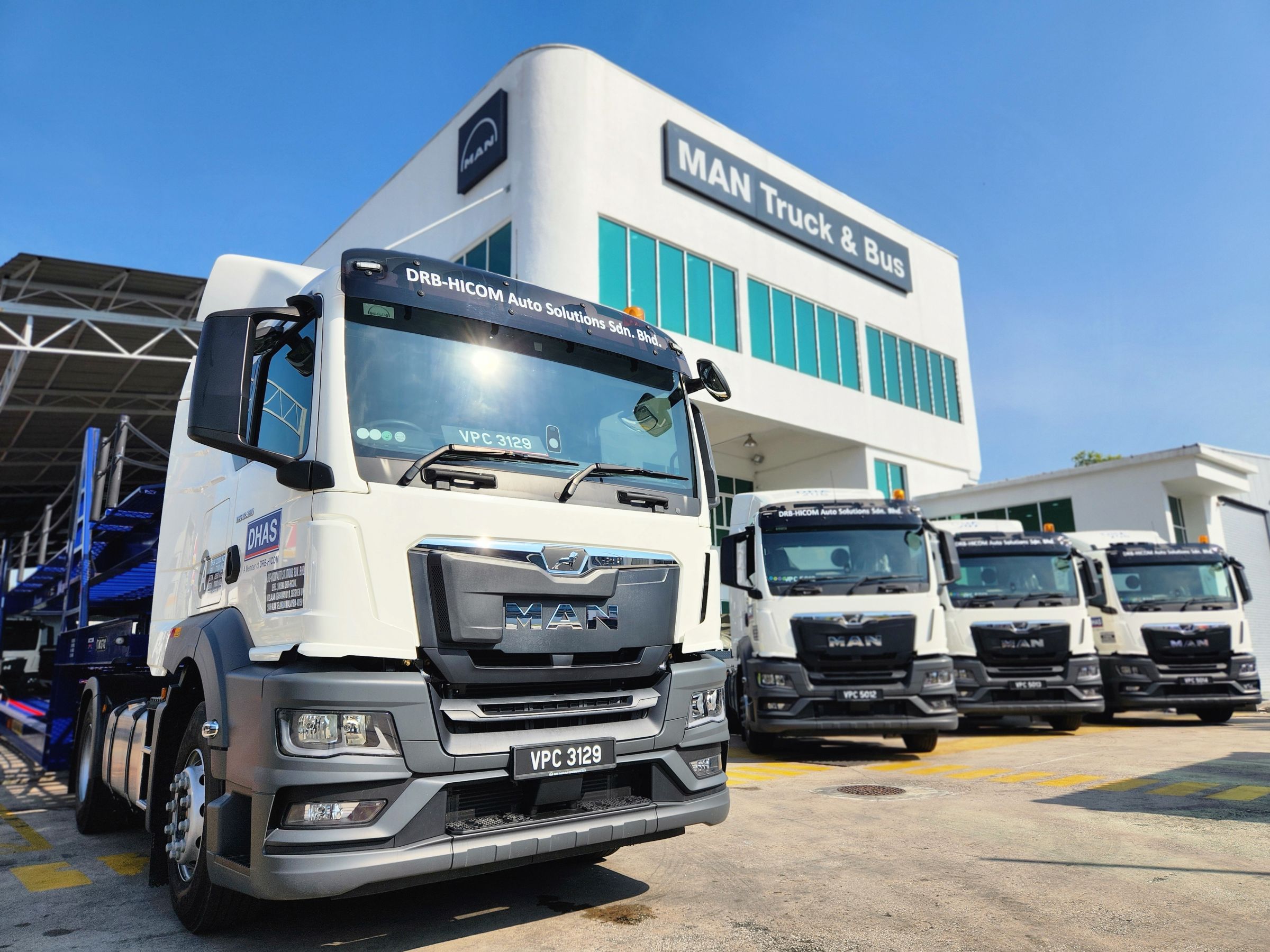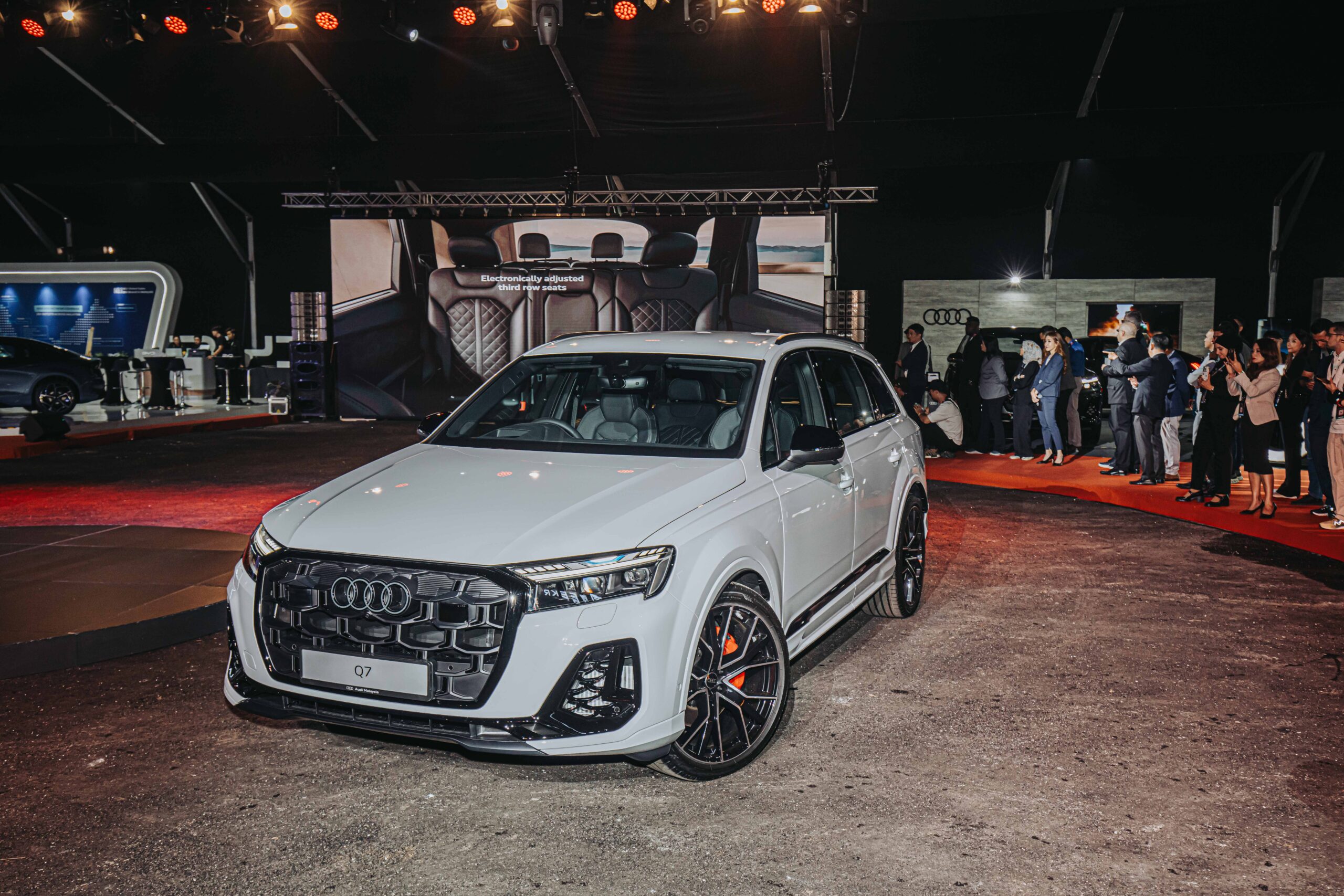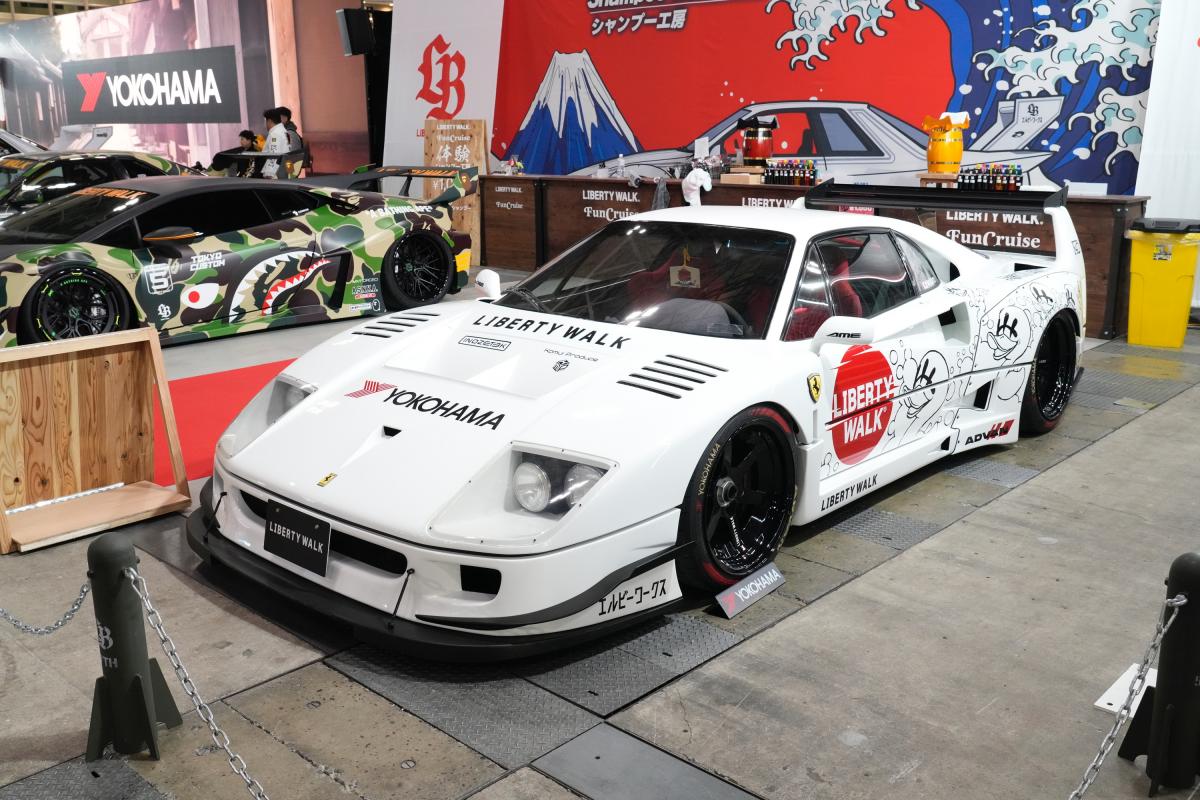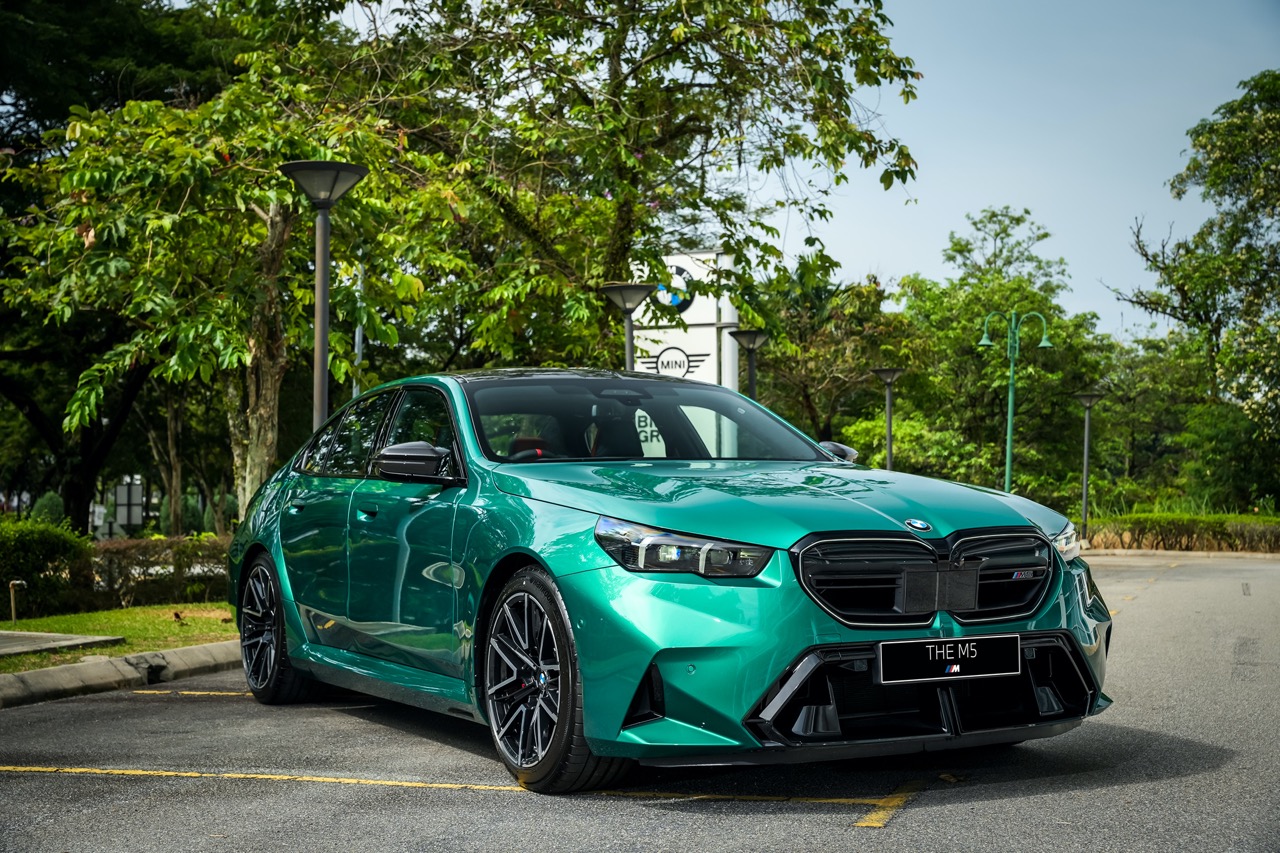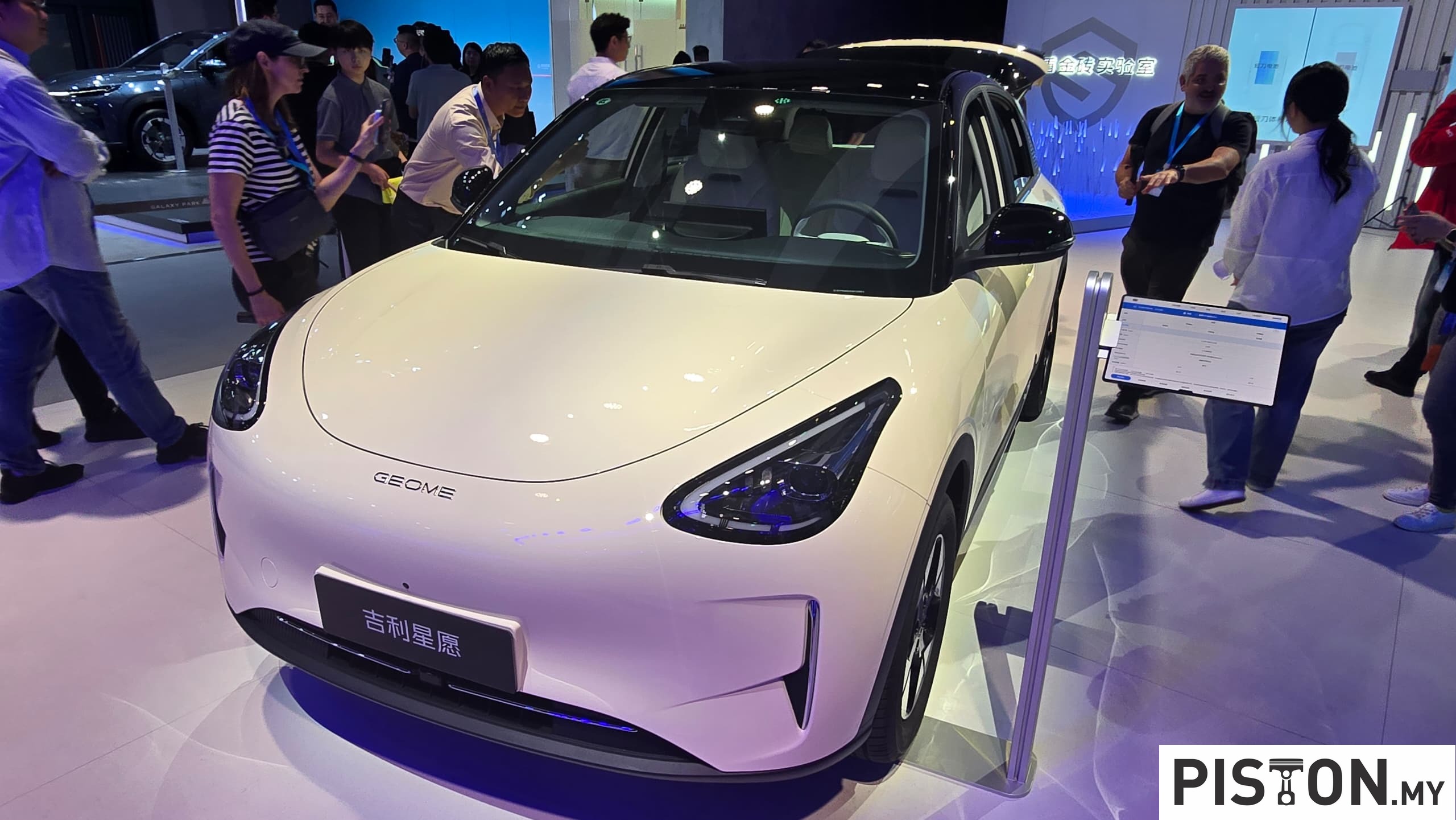Going into a new year and new decade, Proton is gearing up for a stronger push in 2020 to become No.1 in the Malaysian market and No.3 in ASEAN. Last year’s performance was impressive as the carmaker sold more than 100,000 units again (100,821 units, including exports), a volume not achieved since 2015. By its internal estimates, Proton believes it achieved the strongest sales growth among the top 5 brands in Malaysia in 2019, with overall market share likely to be 16.7%.
In the past, the achievements would have put everyone in a celebratory mood, lulled into complacence again and relaxing. The company is back in a good position so pressure on the accelerator pedal can be eased. But for Dr. Li Chunrong, the company’s CEO, what was achieved in 2019 is now history and backing off is the furthest thing from his mind. He’s not going to allow the company to fall into the trap where everyone starts to become complacent and suddenly, other brands zip past because they didn’t take their foot of the throttle.
For 2020, Dr. Li has given everyone in the Proton family a new set of challenges – sell 32% more vehicles and reach 132,000 units (he thinks a higher number is possible) with more attention on exports as well. The target is 4,000 units for this year but there are challenges in going into other markets where Japanese brands have dominance and volume to price their products competitively. So Dr. Li hopes the government will give Proton help in its export efforts, mainly to make its prices competitive enough which is difficult as the production cost is still high.
Two new products in 2020
The Proton range for 2020 will remain the same and there will be two product launches during the year – the locally-assembled X70 and the smaller X50 later in the year. Assembly of the X70 at the Tg. Malim plant in Perak started late last year and stocks are building up so it shouldn’t be long before Malaysian-made units arrive in showrooms. Rumours are that it will have enhancements which increase its appeal and value for money compared to the ones which have been imported in CBU (completely built-up) form from Geely’s factory in China.
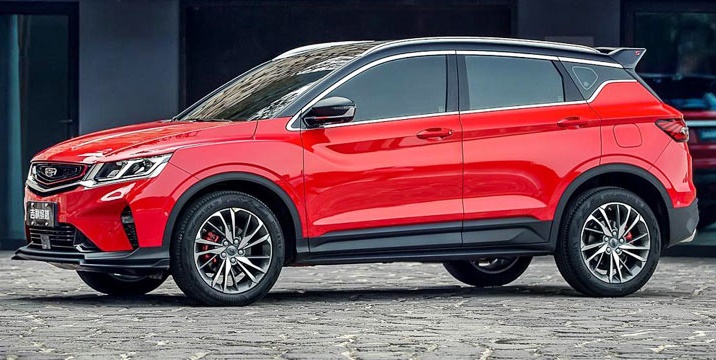
As for the X50, it is no secret that this will be adapted from a Geely model known as the Binyue, just as the X70 was adapted from the Geely Boyue. And like the Boyue, it’s not just a matter of changing the badge on the grille and getting Proton Design to add a Malaysian touch to the styling. To develop the X50 will require an engineering program that is almost like developing a new model, more so because there is no righthand drive version. The advantage of using the Binyue platform is that it has been fully engineered so time and money can be saved, an approach used by other carmakers which share platforms.
Dr. Li revealed that, unlike the X70, the X50 won’t be made in China and shipped to Malaysia initially. The factory in China is probably not very happy to have to do the ‘small’ volume of X70s when it needs all the capacity it has for producing Geely vehicles so the first X50 will come from the Tg. Malim plant. Perhaps Geely is confident that enough experience has been gained in the X70 project that the X50 can be born in Malaysia instead of China.
The future of the other legacy models remains unknown but with the Saga doing extremely well, Proton has even started a second shift to produce it. It is clear that quality was something which matters a lot to Malaysians and neglecting it in the past was one of the reasons for Proton’s sales decline. With Geely providing guidance and assistance, build quality has risen and the cars are now very much in demand, topping their segments as well.
More 3S outlets to be opened
One of the things which Dr. Li felt needed a major transformation was the retail network. He saw that the experience Proton customers were getting, whether in the showroom or service centre, was not good enough. So one of his early efforts focused on upgrading the outlets and insisting that the dealers must invest in 3S facilities that provide sales, service and spare parts (and more, if possible) in one location. He met with resistance initially, but he did not give up and slowly convinced the dealers that it was in their interest to provide facilities that made the experience of owning a Proton a very good one.
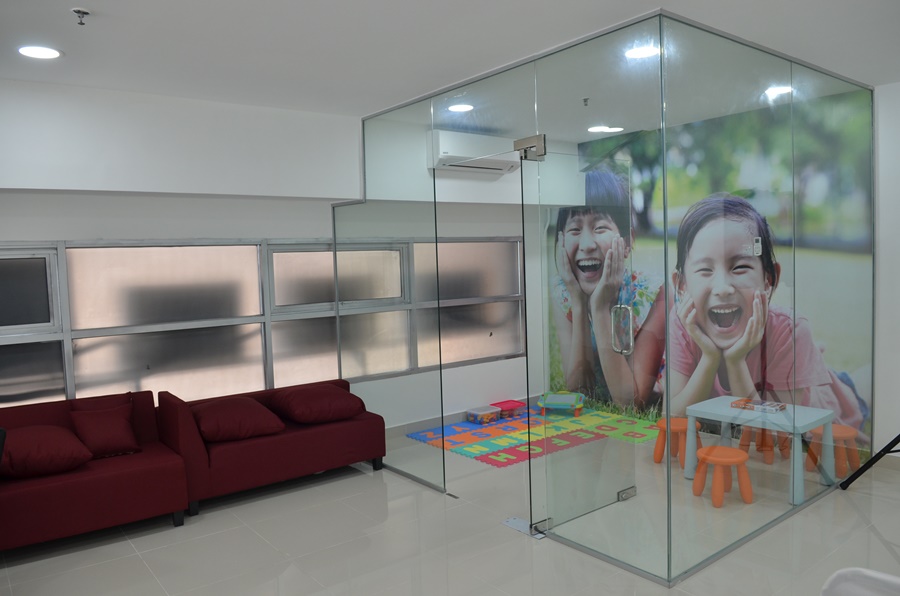
Today, while there are still 1S (showroom only) outlets which are old ones, the majority are 3S and 4S outlets. During 2020, the number will be raised to at least 150 and that is considered optimum for the projected volumes to be sold. Dr. Li understands that dealers must make good money and the sales per outlet must be reasonable. He won’t make the previous mistake when Proton acquired USPD and together with EON, doubled the size of its network, with the assumption that its sales volume would also be doubled. Instead, dealers suffered and not surprisingly, motivation was poor which impacted the brand.
As the Proton CEO said, 2019’s achievements are history and 2020 is a new challenge, so expect to read more news about Proton as it speeds upwards and forward to regain its dominance in the Malaysian market.
Proton’s annual sales crossed the 100,000 level in 2019, first time since 2015






